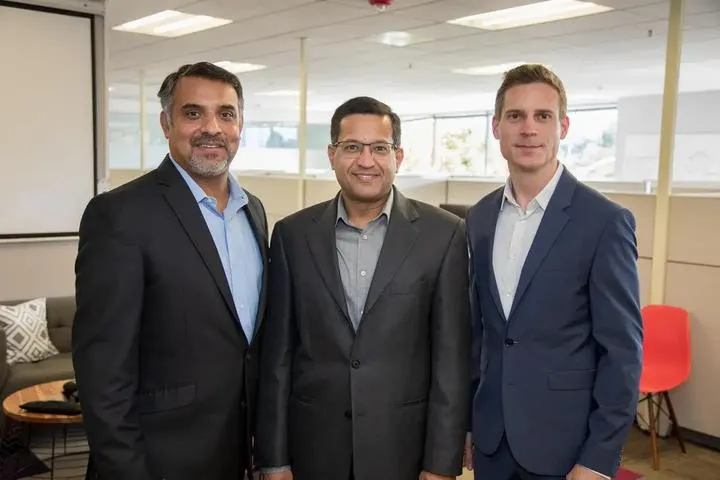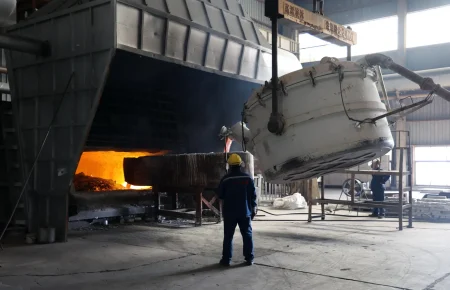The Meteoric Rise of Astera Labs: A Testament to AI Infrastructure Innovation
In the heart of the artificial intelligence revolution, Astera Labs has emerged as a remarkable success story in the semiconductor networking industry. Over the past six months, the company’s shares have skyrocketed by an astonishing 250%, catapulting two of its co-founders into the billionaire ranks. CEO Jitendra Mohan now boasts an estimated net worth of $1.6 billion, while COO Sanjay Gajendra’s fortune has reached approximately $1.7 billion, according to Forbes. This dramatic wealth creation reflects not just personal success but the growing significance of AI infrastructure in today’s technology landscape. As major tech players like OpenAI, Oracle, Nvidia, and AMD announce hundreds of billions in AI infrastructure investments, companies like Astera Labs that solve critical connectivity challenges are increasingly recognized as essential components of the AI ecosystem.
What makes Astera Labs particularly noteworthy is its visionary approach to the AI market from inception. Unlike competitors like Broadcom and Marvell Technologies that pivoted from traditional computing markets, Astera Labs was purposefully built to address the specific connectivity challenges of AI infrastructure. As Stifel analyst Tore Svanberg points out, “It’s not like this was a company that used to sell into regular compute servers and then migrated their technology to go after AI servers. They literally started with a focus on AI infrastructure.” This early recognition of the potential bottlenecks in AI computing has positioned Astera Labs to thrive as AI systems grow increasingly complex. Their specialized technologies ensure that data flows as efficiently as possible between GPUs and other components in massive AI projects, eliminating the performance bottlenecks that could otherwise hamper progress in artificial intelligence development.
The financial results speak volumes about Astera Labs’ success in executing its vision. The company has experienced explosive growth, with revenues soaring more than elevenfold from a modest $35 million in 2021 to $396 million in 2024. CEO Mohan’s ambitious goal, stated to Forbes in 2022, of reaching $1 billion in revenue is now within striking distance. Analysts project that Astera Labs will achieve profitability for the first time in 2025 and cross the billion-dollar revenue threshold by 2026. This remarkable trajectory reflects not just the expanding market for AI infrastructure but also Astera Labs’ ability to capture a significant share of that opportunity. The company’s consistently strong performance since its public debut in March 2024, beating financial expectations each quarter, has further fueled investor confidence and contributed to its soaring valuation.
The founding story of Astera Labs reveals the importance of industry experience and foresight in identifying emerging technological needs. Mohan, 52, and Gajendra, 51, brought nearly a decade of collaborative experience from their time at semiconductor firms Texas Instruments and National Semiconductor Corporation. At Texas Instruments, they connected with Casey Morrison, who would become their third co-founder and chief product officer. What distinguished their approach was the critical insight they gained about the evolving technology landscape. As they witnessed the rapid advances in AI and machine learning, they recognized that existing connectivity solutions weren’t keeping pace. As Gajendra colorfully described their realization to Forbes in 2022, “This AI and machine learning train is heading really fast.” This metaphor aptly captures both the momentum of AI development and the company’s determination to build the tracks needed for that train to reach its destination.
The funding journey of Astera Labs illustrates how investor confidence in the company’s vision has grown exponentially over time. In 2021, the company secured a $50 million investment from a group including Fidelity, Intel, and Sutter Hill Ventures, valuing Astera Labs at $950 million. Just one year later, the same core investors along with additional backers invested another $150 million, more than tripling the company’s valuation to $3.2 billion. The true validation came in March 2024 when Astera Labs raised a substantial $820 million through its initial public offering, establishing a market capitalization of approximately $6 billion. Since then, public market enthusiasm has driven the company’s value to an impressive $34 billion, representing a nearly sixfold increase in just months. This meteoric rise in valuation underscores the market’s recognition of both the critical role Astera Labs plays in the AI ecosystem and its potential for continued growth.
Today, Mohan and Gajendra each maintain an estimated 4% ownership stake in Astera Labs, with each position valued at approximately $1.5 billion. These figures account for the more than $200 million in stock that each co-founder has sold since the company’s IPO, demonstrating both their continued commitment to the company and prudent diversification of their personal wealth. While the stake of the third co-founder, Morrison, remains undisclosed, the collective success of the founding team represents a powerful case study in entrepreneurial vision and execution. Their journey from recognizing a crucial technological gap to building a multi-billion-dollar company addressing that very need exemplifies how strategic insight and focused execution can create extraordinary value in the rapidly evolving world of artificial intelligence infrastructure. As AI continues to transform industries across the global economy, Astera Labs stands as both a beneficiary of this revolution and an essential enabler of its continued advancement.














